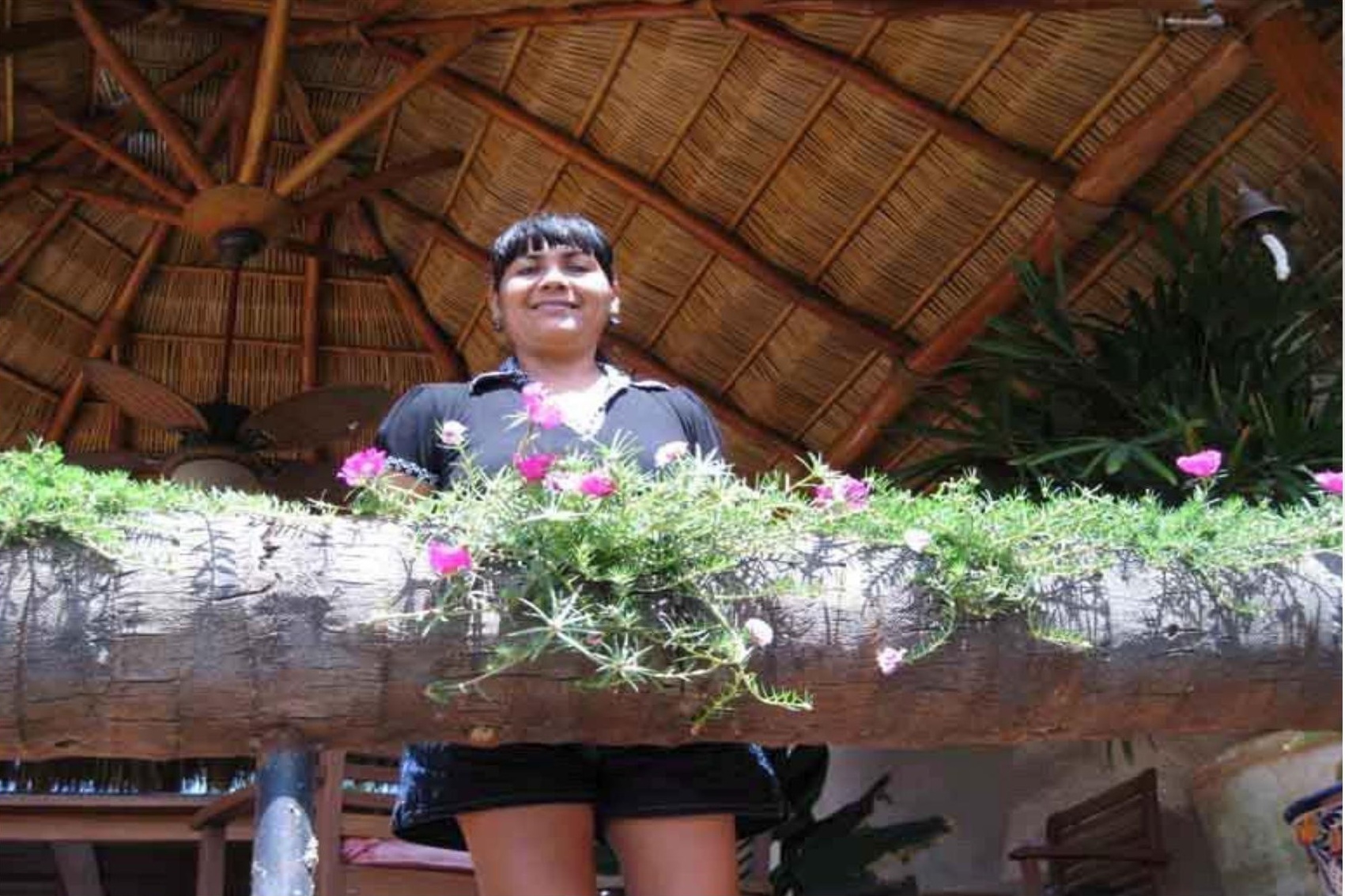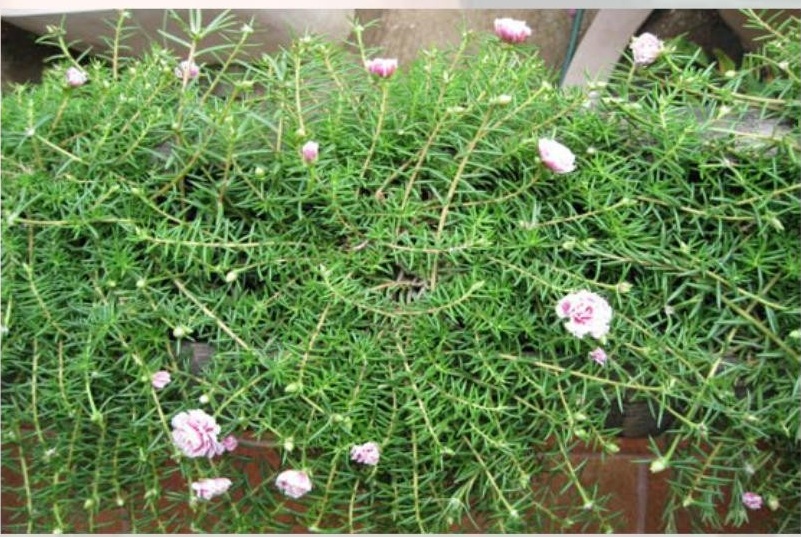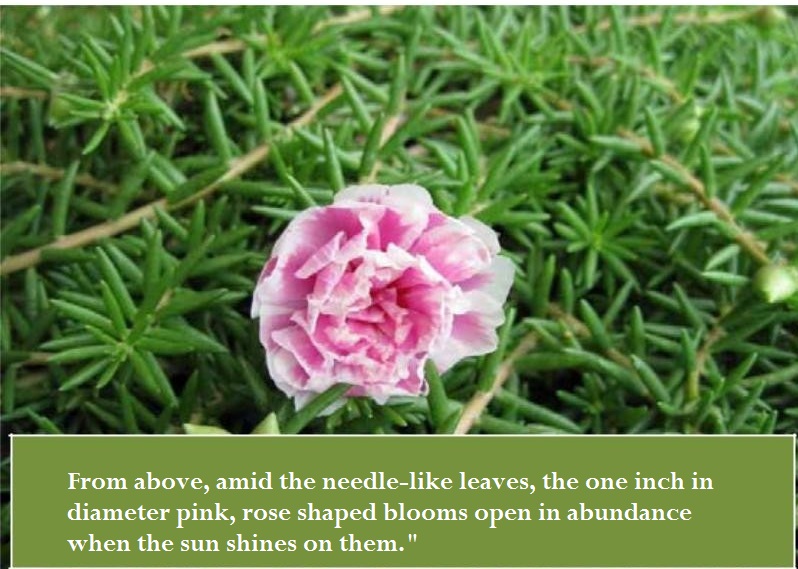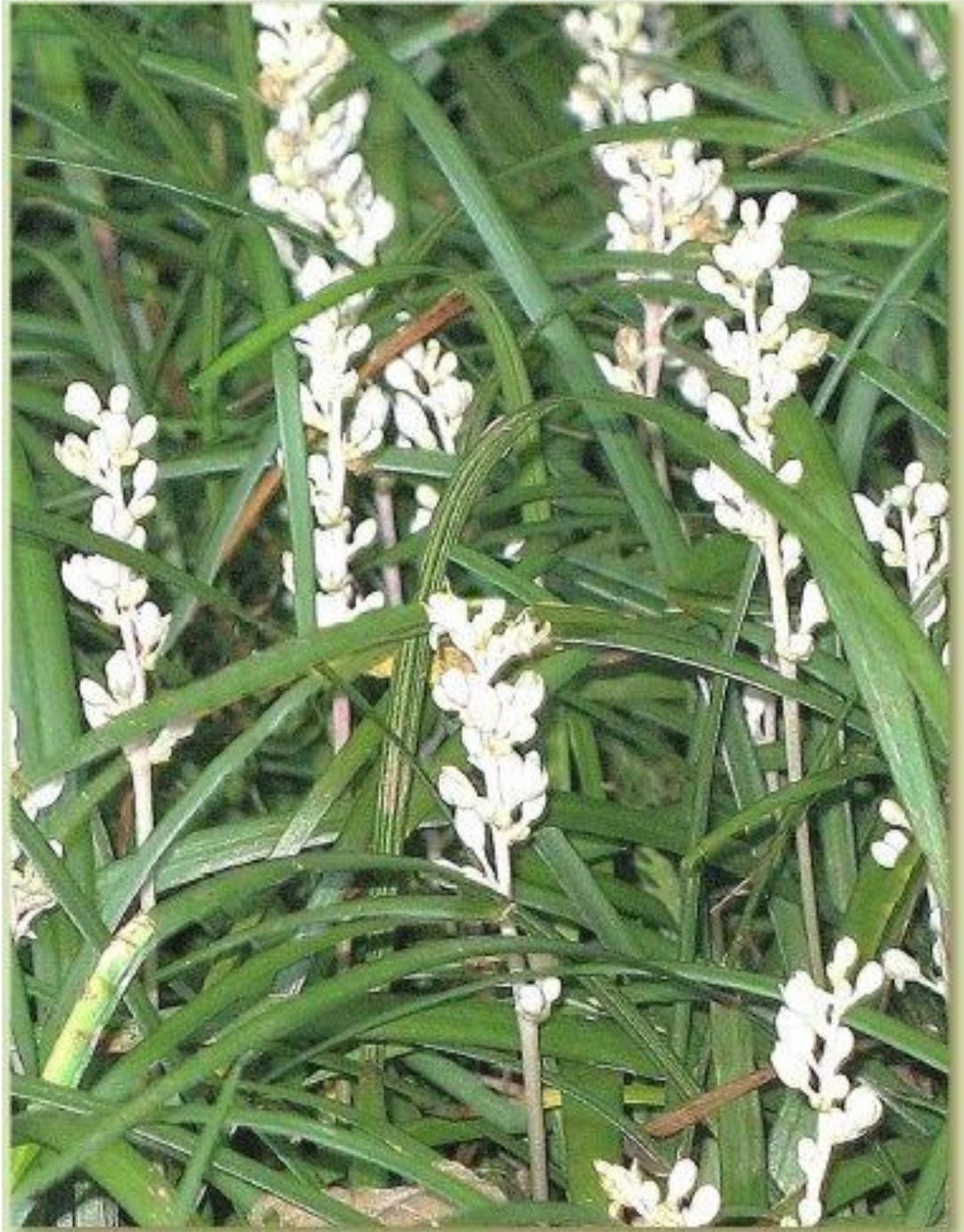By Tommy Clarkson from the June 2010 Edition
Rose Moss: Portulaca grandiflora Family: Portulacaceae

(Also known as Portulaca, Moss Roses, Eleven O’Clock, Purslane, Sun Plant and Wax Pink.
On our outdoor Dining Palapa we have a hollowed/ waterproofed coconut trunk planter to keep folks from leaning/stepping too far and paying an unscheduled visit to the Herb Terrace some ten feet below. Inasmuch as that southern view is a rather spectacular vista of the Bay of Santiago below us, we did not want tall plants to block it. Rosy, our housekeeper and shrewd purveyor of local facts and common sense knowledge suggested the, ever blooming succulent, Ray de Sol (Moss Rose) a popular garden flower since the late 1800’s. Like the preponderance of the counsel she quietly dispenses when asked, her idea was perfect!
Native to South America, above needle -shaped leaves, the Moss Rose has produces tough, long lasting, strikingly vivid, one inch in diameter, single, semi-double or double, rose-like blooms in shades of rose, yellow, white, orange, red, purple, pink, bi-colors and even stripes. To keep these small, beautiful flowers blooming,pinch dried ones off. As a further aside, the blooms of newer varieties stay open longer during the day while the older types open around noon, close at dusk and stay closed on overcast days. . . a lot like me!
In the Portulacececeae family-whole, there are up to a hundred genera of annual and perennial herbs and shrubs. Their solitary or cyme (a flower cluster in which each flower stem ends in a single flower and other flower stems form below and to the side) arranged flowers are bi-sexual and radially symmetrical. The Moss Rose (Portulaca) has approximately 100 species of primarily annual herbs itself. I know you could barely control yourselves in anticipation of those neat and nifty, nuggets of knowledge, right?

Moss Rose is easy to grow if it has six to eight hours of full, direct sunlight every day. It prefers no more than your average, run-off-the-mill, loose, sandy or loam soil but that is well draining. As regards the latter, they’re an obvious good choice for naturally sandy soils and slopes And, this four to six inch tall, up top 18 inches across, thick stemmed and fleshy leaved plant has little problem with heat and drought requiring little moisture to thrive and bloom. In fact, allow the soil to dry between watering.
They are perfect for the forefront of your garden, as a border edging, in rock or window gardens, as bedding plants or as simple, attractive ground cover. They also look good in containers, hanging pots and in those multi-pocketed strawberry jars in which it is difficult to keep other plants well watered. But remember, moss rose is suited to the dry conditions.
So as to ensure a good start when first planting, add a general purpose, high nitrogen fertilizer. A high Phosphorous fertilizer is a plus just before blooming and then no other fertilizer applications is required. Once established, then prune the plants to create a fuller, neater appearance. Provide plenty of air circulation through the plant to help avoid fungal disease.
And just when you thought you finally knew it all about this plant: The seeds are edible raw or cooked and can be ground up for soups or sauces and there’s a weedy, non -ornamental species that can be eaten as cooked greens or included in salads. I’m told that it lends itself to stir fry dishes with a slight lemon-like taste and mushroom-like texture . . . but I have not tried as I’ve not yet found any Betty Crocker or Martha Stewart Rose Moss recipes!
Download the full edition or view it online
—
Tommy Clarkson is a bit of a renaissance man. He’s lived and worked in locales as disparate as the 1.2 square mile island of Kwajalein to war-torn Iraq, from aboard he and Patty’s boat berthed out of Sea Bright, NJ to Thailand, Germany, Hawaii and Viet Nam; He’s taught classes and courses on creative writing and mass communications from the elementary grades to graduate level; He’s spoken to a wide array of meetings, conferences and assemblages on topics as varied as Buddhism, strategic marketing and tropical plants; In the latter category he and Patty’s recently book, “The Civilized Jungle” – written for the lay gardener – has been heralded as “the best tropical plant book in the last ten years”; And, according to Trip Advisor, their spectacular tropical creation – Ola Brisa Gardens – is the “Number One Tour destination in Manzanillo”.




You must be logged in to post a comment.